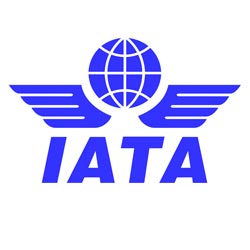They can be a hazard and represent a risk to human health, the safety of public property and society or to the preservation of the environment. In accordance with various legal agreements, their transport is therefore subject to strict regulations specific to each mode of transport (road, air, rail or sea). From packaging to unloading and storage of these goods, numerous standards apply. The main agreements are the following: IATA (Air transport); ADR (Road transport); IMDG (Sea transport); RID (Rail transport).
They can be flammable, toxic, explosive, volatile or corrosive and
Did you know ?
Dangerous materials on
a daily basis
Specific
regulations

Chapter 4.2 - Part 4

Vol 1 - Chapter 3.2 - Tab A

Volume 2 - Chapter 3
What are the risks related to
Dangerous Goods Transportation ?


The risk linked to the transport of dangerous goods by road, rail, sea and river, or TDG risk, is the result of an accident that occurs during transport.
The TDG accident combines two effects:
1 - An immediate primary effet
- Explosion: caused by a simple shock or with the production of sparks, by the heating of a tank of volatile or compressed product, by the mixture of several products or by exposure to fire. The explosion can have both thermal and mechanical effects due to the shock wave. These effects are felt in the vicinity of the disaster and within a radius of several hundred meters.
- Fire: caused by accidental heating or ignition, a shock with sparks, the ignition of a leak on a tank or a package containing dangerous goods, etc... A fire involving solid, liquid or gaseous flammable products generates thermal effects creating direct damage that can be aggravated by problems of asphyxiation and intoxication, linked to the emission of toxic fumes.
2 - Secondary effect
Contamination:
- Of the air by propagation of toxic fumes
- Water or soil from a toxic product leak or resulting from combustion (even of a non-toxic product)
By spreading in the air, in the water or in the ground, the dangerous materials can be toxic by inhalation, by direct or indirect ingestion, by the consumption of contaminated products, by contact. Depending on the concentration of the products and the duration of exposure, the symptoms vary from a simple skin irritation or a tingling sensation in the throat, to serious damage (asphyxiation, pulmonary oedema). These effects can be felt up to a few kilometers from the site of the disaster.
The professions of
BVT

TRAIN

CERTIFY
We test all types of packaging in order to certify them for the Transport of Dangerous Goods. Our expertise in testing allows us to maximize safety and limit any risk.

